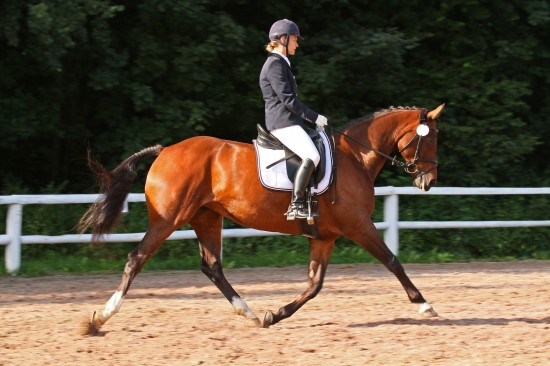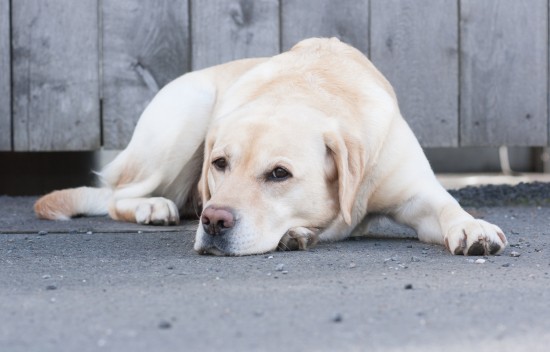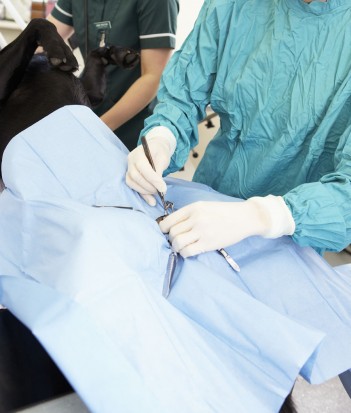
The trouble with mast cell cancer in dogs is you cannot always see it. As with humans, all cancer works slowly, silently and hidden from view and we don't really know what affect it is having on our canine companions. Often it is too late when we find out the truth. But this can be prevented.
It is very important that we keep a watchful eye on our pets looking for outward signs that things may not be 100%, especially if you think there may be a chance your dog is in the early stages of mast cell cancer or any other form of dog cancer. It often misunderstood that more than one type of cancer can simultaneously develop over the years, not just mast cell cancer in dogs.
Take your pet for regular check-ups with your local vet, making sure you tell them of any changes to their behaviour, their skin condition and if any lumps or bumps have been found during grooming. Mast cell cancer in dogs is usually found in small lumps which may develop into large unsightly growths if not treated early on.
So how do we care for our canine companion if mast cell cancer has been diagnosed?
Naturally you talk to your veterinarian about all your options and get their recommendations. Sometimes surgery is the best way to go which will have very positive outcomes especially if the cancer cells can be remove early in their development stage. The younger your dog is the quicker their recovery from evasive surgery and a longer healthier life from there on. If left untreated mast cell cancer in dogs can grow at an alarming rate, especially as the dog gets older. I've seen growths get bigger by the day which may mean it is too late for surgery as the amount needed to be removed would be too great for any quality of life afterwards.
The main thing for mast cell cancer in dogs is to ensure your best friend is not in pain. Cancer can be a very painful disease which will affect their daily life and no amount of tender loving care will take that away. This can be as simple as low dosage of Panadol (please see your vet first as the correct dosage relative to their weight is of utmost importance) to other specific pain relief drugs for dogs.
Dogs are naturally very stoic animals because in the wild, an injury or outward sign of pain makes them vulnerable to attack, so they mask it well. Even the most loving of carers can sometime not be aware of the actual pain their dog is in on a daily basis. Pain management should be your number one priority.
It is not all gloom and doom. With the correct treatment and pain management mast cell cancer in dogs can be treated and your loved one will still live to a ripe old age. Oh, and TLC is a must as well and not just for the dog!
For a comprehensive range of cancer treatments for dogs, especially mast cell cancer in dogs, that will help any dog owner, I recommend you consider reading the following publication http://www.cancertreatmentfordogs.com
 Why should you opt for a dog daycare for your furry partner?
Why should you opt for a dog daycare for your furry partne
Why should you opt for a dog daycare for your furry partner?
Why should you opt for a dog daycare for your furry partne
 Do You Think Your Sport Horse Has A Big Heart? It Might Be True
Do You Think Your
Do You Think Your Sport Horse Has A Big Heart? It Might Be True
Do You Think Your
 10 Early Signs Of Canine Cancer To Watch Out For
10 Early Signs Of
10 Early Signs Of Canine Cancer To Watch Out For
10 Early Signs Of
 Neutering And Spaying - Is It Morally Right?
Neutering And Spa
Neutering And Spaying - Is It Morally Right?
Neutering And Spa
 Horsemeat In Uk Meals - Understanding The Issues
Horsemeat In Uk M
Horsemeat In Uk Meals - Understanding The Issues
Horsemeat In Uk M
Copyright © 2005-2016 Pet Information All Rights Reserved
Contact us: www162date@outlook.com